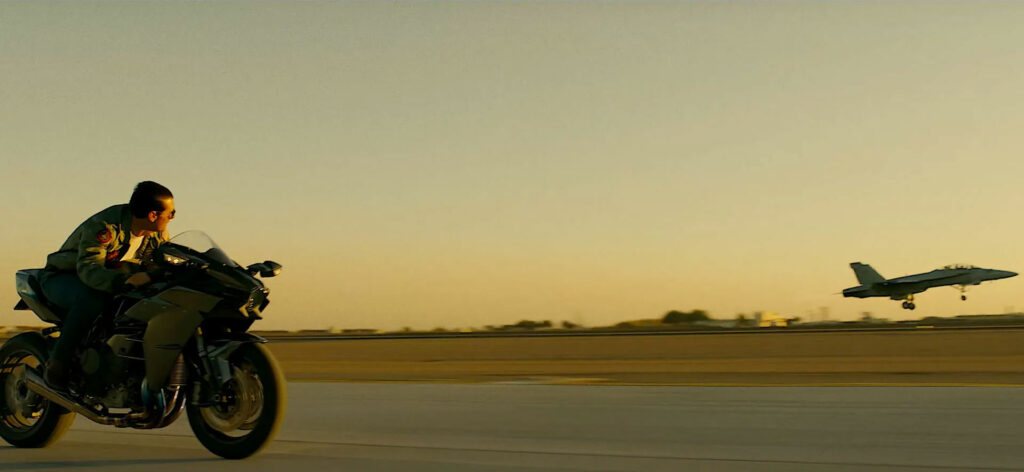Among the cognitive biases leveraged by many brands, nostalgia effect plays a crucial role, being one of the most powerful marketing levers of all time.
Reflecting on the past nostalgically tends to increase our propensity to buy by focusing on positive memories. This is referred to as nostalgia marketing or retro marketing, vintage marketing.
Robert M. Schindler and Morris B. Holbrook were the first, in 1989, to identify nostalgia as a marketing lever.
Nostalgia marketing targets a broad user base, especially Generations X and Y, those born between 1965 and 1995, who grew up during the transition from analog to digital, harboring a deep nostalgia for a simpler past, devoid of the internet and social media.
Many brands have made a comeback thanks to nostalgia marketing, such as Polaroid, Nintendo, RayBan, Fiat 500 and 124, Mini, Pokemon Go, H&M, and many others, including major streaming platforms that have launched series from the 80s. Spotify has launched the Time Machine playlist with an algorithm that suggests songs based on the user’s birth date.

In the new Top Gun, Maverick’s 1984 Kawasaki makes a return.
Can we bet that Kawasaki will once again be on many people’s wish lists?
The secret to success lies in nostalgia, anticipation, and above all, substance.
However, attributing Maverick’s success solely to nostalgia marketing is undoubtedly reductive.
Anticipation also played a significant role
The first trailer was released on July 18, 2019, and its US release was postponed several times from 2019 until May 25, 2022. Since then, the global scenario has changed, and although the producers could not have predicted it, we recall the battle against the Russian Migs from the first Top Gun:
Charlie : Eh, Lieutenant, what were you doing there?
Goose : Communicating.
Maverick : Communicating. Keeping up foreign relations. I was, you know, giving him the bird.
Goose : You know, the finger.
The substance and attention to details were fundamental to the film’s success. Especially for the lead actor, Tom Cruise, without whom the film would have had a different outcome.
Tom Cruise turned 60 on July 3, 2022, and despite an incredible career, he has never stopped but managed to slow down time, remaining the same Tom Cruise from the eighties. Tom Cruise always insisted on avoiding green screens for scenes, preferring to perform his dangerous stunts himself.
To do this, he trained and followed a healthy lifestyle, paying attention to diet and exercise.
He managed to stay in shape and as charismatic as ever, maintaining credibility in his role.
Returning to the initial question: ‘Is the key to Top Gun Maverick’s success nostalgia marketing?’ the answer should now be clear.
Nostalgia marketing, and marketing in general, can only work if there is substance at its core.
Fluff does not produce nostalgia: it dissolves (and is forgotten) quickly.
